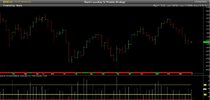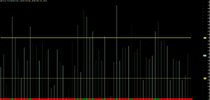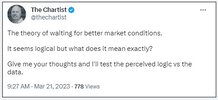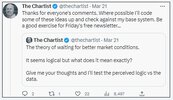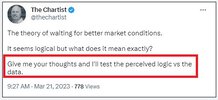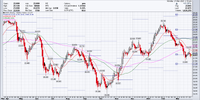- Joined
- 28 December 2013
- Posts
- 6,392
- Reactions
- 24,319
I think avoiding answering 3, 4, and 5 says a lot.
Sarcasm. Sledging. It's all the same Phil. You're as guilty as me. Goodbye.
@Nick Radge, I appreciate your input, but I must respectfully disagree with your assessment. I make a conscious effort to provide accurate information to the best of my ability & convey my thoughts & experiences. However, my knowledge is limited, & my opinions are solely my own. The "Dump it here" thread is an open platform, & I welcome any alternative perspectives to continue learning & improving. I firmly believe that respectful dialogue, even with opposing views, is essential to growth & development. If you feel that I have been unfair or inaccurate in my posts, I am open to hearing your perspective & correcting any misunderstandings. Your contributions to the "Dump it here" thread have been valuable, & I hope they will continue.
Skate.

